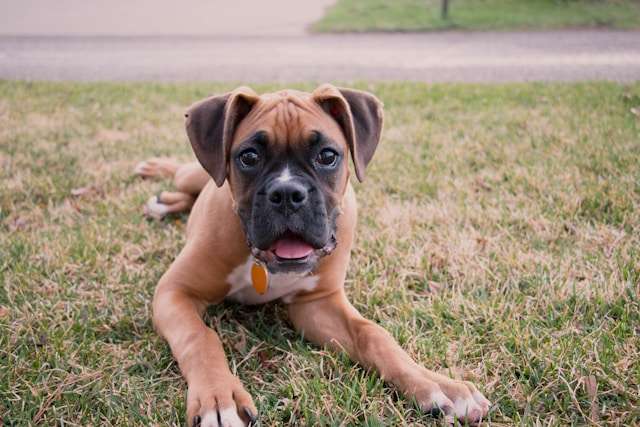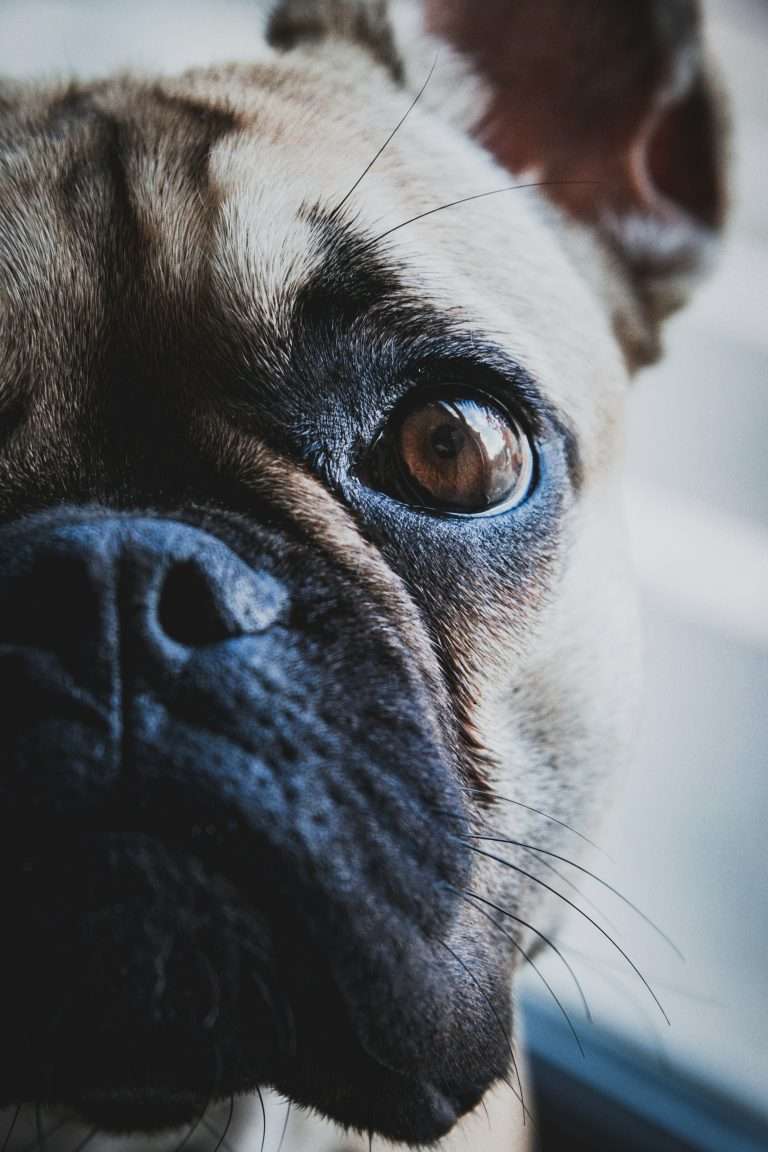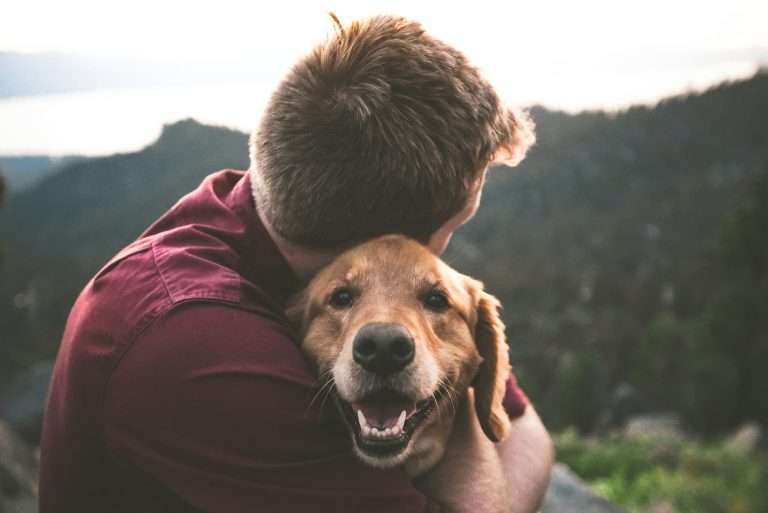Essential Dog Tips for New Owners: Your Complete Guide to Getting Started
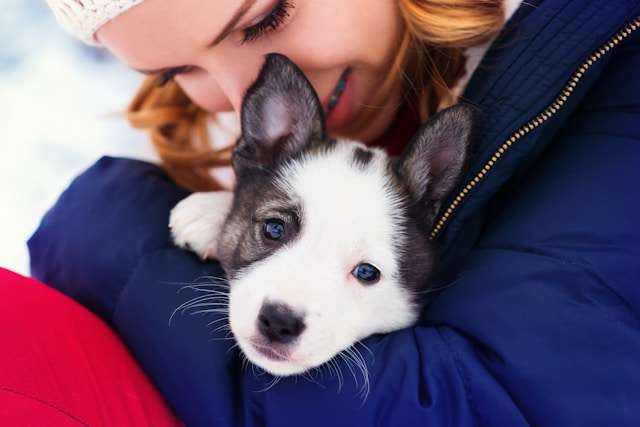
Bringing a new dog into your life is exciting, but it comes with responsibilities that can initially feel overwhelming. Whether adopting a tiny Pomeranian or an active Labradoodle, preparation is key. From managing daily routines to understanding your pup’s unique needs, learning a few essential dog tips for new owners will set you and your furry companion up for success.
This guide is here to help you navigate those first steps, offering practical advice and insights to ensure a smooth start. For more tailored advice on specific breeds, check out Pomeranian Care: Tips For New Owners and see how the proper preparation can make all the difference.
Table of Contents
Key Takeaway
Welcoming a dog into your home can be one of life’s most joyful moments. However, there are essential tips to grasp as a new owner to ensure your furry friend is happy, healthy, and part of your family in the best way possible. Let’s look at specific key takeaways every new dog parent should know.
Create A Routine That Works for Everyone
Dogs thrive on routine. Like kids, they like knowing when they’ll eat, go outside, and get attention. Take some time to build a plan that makes sense for your household. Assign responsibilities like feeding, walking, or grooming tasks to family members so everyone plays a role. A posted schedule can also serve as a daily reminder and ensure your pup’s needs are never missed.
Staying consistent is particularly helpful if you’re raising an energetic breed like a Labradoodle. You can dive deeper into managing their needs by visiting The Ultimate Guide to Labradoodle Care: Tips for New Owners.
Puppy-Proof Your Space
Before bringing your furry companion home, please take a moment to look around your home from their perspective. Check for hazards like easily chewable power cords, toxic plants, or tiny objects they could swallow. These steps are simple but impactful in preventing accidents.
Think of it like baby-proofing – only with sharp teeth and paws in mind! For a practical checklist on preparing your home, the New Dog Checklist: 15 Tips for New Dog Owners provides significant additional steps to get started.
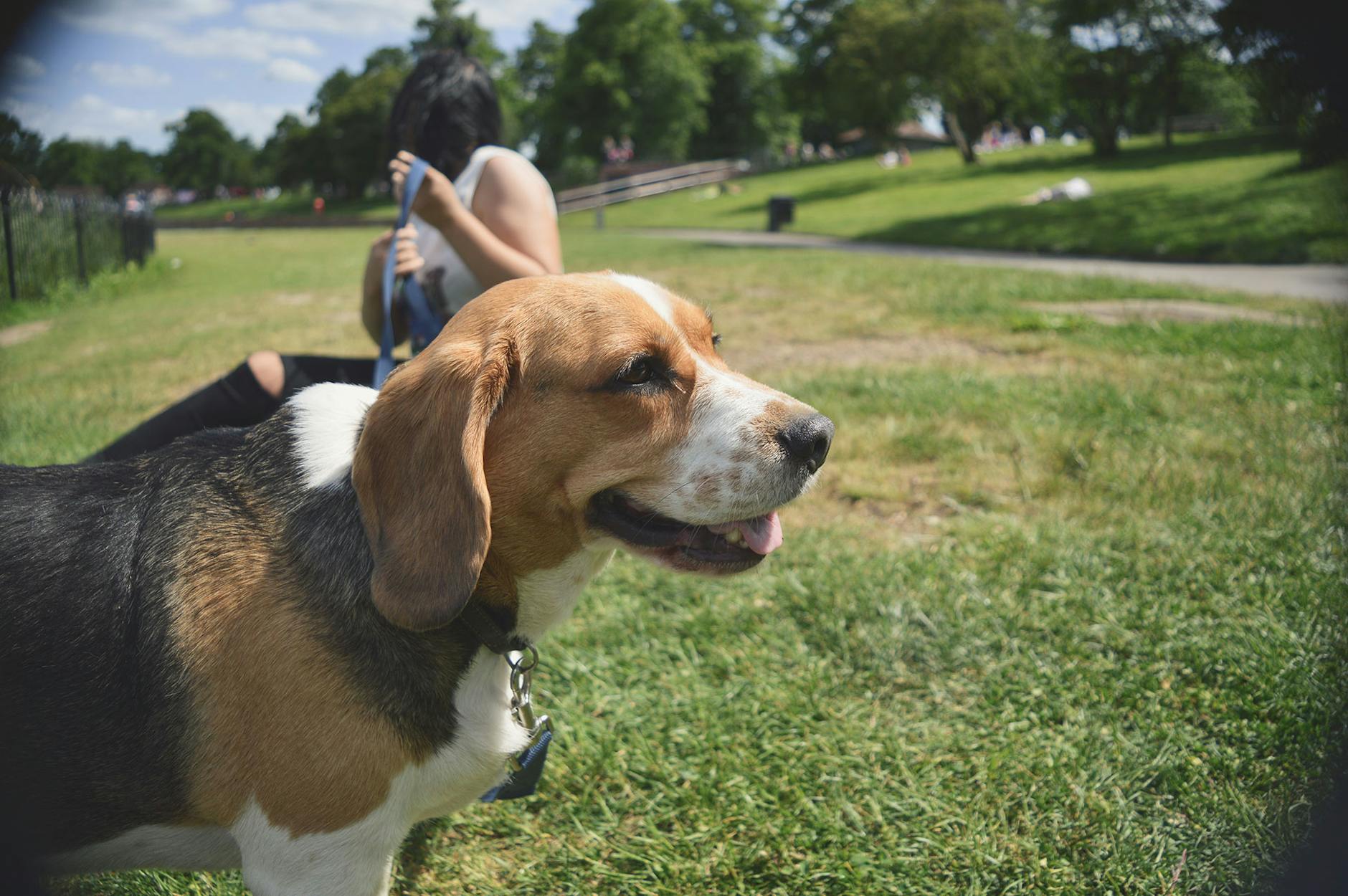 Photo by Creative Vix
Photo by Creative Vix
Build Trust with Gentle Training
Setting clear house rules is vital! If you let your new dog on the couch today but scold them for it tomorrow, they won’t know what to expect. Start strong, and keep boundaries clear and consistent from day one. Don’t forget to reward good behavior with praise or treats. This will not only help them learn but also strengthen your bond.
If you’re new to training methods, exploring resources like 75 Ways to Be a Responsible Dog Owner can guide you in forming positive habits.
Set Up Comfort Zones
After all the excitement of playing and exploring, every dog should have a safe, cozy spot to relax. Whether it’s a crate, a fluffy bed, or just a corner with their favorite blanket, this space is where they’ll feel secure when they need downtime. This simple act can tremendously reduce stress during the early adjustment period.
Integrating these practices into your daily life makes you more confident as a dog owner and helps your pup settle more quickly into its new pack—you!
Preparing Your Home for Your New Dog
Bringing a new dog home is an exciting milestone, but it requires some preparation to make the transition smooth for you and your furry friend. Think of it as setting the stage for their safe, happy, and thriving life in your household. Here are some proven strategies to transform your house into a welcoming haven for your new pup.
Dog-Proofing Your Home
Safety is the top priority before your dog takes their first steps into your home. Much like baby-proofing, dog-proofing ensures they can explore without getting into trouble.
- Secure electrical cords by tucking them behind furniture or using cord covers. Dogs are naturally curious and may find dangling wires irresistible to chew.
- Remove or relocate toxic plants such as philodendrons, lilies, or poinsettias, which can be harmful if ingested. For an extensive guide on how to avoid plants, see this resource from The Humane Society.
- Block access to restricted or hazardous areas with baby gates or similar barriers. This can include kitchens, staircases, or rooms with fragile items.
Dogs explore the world through their mouths and paws, so always ensure loose, small objects like coins or batteries are out of reach.
 Photo by Josh Sorenson
Photo by Josh Sorenson
Setting Up a Cozy Space
Every dog needs a safe retreat to call their own. Creating a designated cozy area helps your pet feel secure and gives them a place to unwind.
- Choose bedding wisely: Look for a bed that’s appropriately sized and easy to clean. Some dogs prefer plush padding, while others might opt for a firm surface.
- Select a quiet area: Whether it’s a corner in the living room or a specific room altogether, ensure it’s away from heavy foot traffic or loud noises.
- Add comfort items, such as their favorite blanket or a plush toy, to make the area inviting.
This isn’t just a functional step—it also helps your dog feel like part of the family while having a peaceful place to retreat when needed.
Choosing the Right Supplies
Gathering the right essentials in advance can reduce stress and ensure you’re prepared for the arrival. Here’s a checklist of must-haves:
- Leash and Collar: Opt for durable, adjustable gear for comfort and security during walks.
- Food and Water Bowls: Stainless steel or ceramic bowls are excellent choices as they are easy to clean and resistant to bacteria buildup.
- Chew Toys: Dogs love chewing—it’s therapeutic for them. Providing the right toys prevents them from turning into furniture or shoes.
- High-Quality Dog Food: Proper nutrition is crucial for their health. Check out this nutrition guide for dogs for tips on selecting the best food for your pet.
Having these items ready ensures a seamless start to your journey with your new dog. They’ll feel right at home once they see their favorite chew toy or cozy bed waiting for them.
Following these tips’ll set the foundation for a harmonious and safe environment that caters to your dog’s comfort and well-being. Remember, preparation is the key to giving your canine the best start in their forever home.
Understanding Your Dog’s Basic Needs
Welcoming a dog into your life isn’t just about love and excitement; it’s about understanding their fundamental needs to ensure they thrive in your care. Much like us, dogs need a balance of nutrition, exercise, and mental engagement to stay happy and healthy. Let’s look at the cornerstones of responsible dog ownership.
Feeding Your Dog Properly
Selecting the right food for your dog is foundational to their overall health. High-quality dog food is not a luxury; it must ensure proper nutrition, sufficient energy, and a long, healthy life. Look for brands that include whole meats, wholesome grains, and nutrient-rich ingredients. Every dog has unique dietary needs influenced by breed, size, and age. For example, puppies often require more calories than seniors, who need a diet that’s easier to digest.
If you’re unsure where to start when choosing a food, this guide on dog food options provides detailed insights on the right choices for your pet’s well-being.
Exercise and Playtime
Dogs are active creatures, and regular exercise isn’t just about keeping them fit; it helps prevent boredom and curbs unwanted behaviors. Think of exercise as burning off the mental and physical energy they would otherwise channel into chewing your favorite shoes or barking excessively. How much activity your dog requires can depend on their breed and age. High-energy breeds like Border Collies may need lengthy outdoor adventures, while smaller breeds can do well with short walks and ample indoor play.
Daily opportunities for physical activities, like running in the yard or a quick game of fetch, are vital. Not only does exercise help to keep your dog physically fit, but it can also serve as priceless bonding time for both of you. Learn more tips on avoiding behavioral issues with proper engagement by visiting Why Do Dogs Eat Grass? Unveiling The Canine Salad Craving.
Mental Stimulation
Like physical exercise, stimulating your dog’s mind is key to their happiness. Engaging toys, puzzles, and introductory training sessions can help challenge your pet’s intelligence and entertain them. Incorporating mental stimulation into their daily routine prevents restlessness and supports your dog’s cognitive development. For instance, treat-dispensing toys or games like hide-and-seek offer endless opportunities for enrichment.
Training also plays a huge role here. Teaching tricks or working on basic commands can double as extra mental workout sessions. It hones your dog’s skills and strengthens their trust in you—win-win! Need insights into quirky dog behaviors? Dive deeper into why dogs perform certain acts, like eating grass here.
 Photo by Matheus Bertelli
Photo by Matheus Bertelli
Making time for these basic needs keeps your pup happy and lays the groundwork for a strong, fulfilling bond that lasts a lifetime.
Training and Socialization
Training and socialization are pivotal pieces of your dog’s development. Proper training ensures your dog understands boundaries, while socialization helps them confidently navigate the world. These two elements work together to raise a well-mannered, happy companion. Here’s everything new dog owners need to know to get started:
Basic Commands to Teach
Every dog should master basic commands to simplify daily life and establish good behavior. Commands like sit, stay, and come are the building blocks of effective communication between you and your dog. They’re not just about obedience—they keep your dog safe and make interactions easier in various environments.
- Sit: Teaching your dog to sit is foundational. It encourages calm behavior and serves as a stepping stone for other commands.
- Stay: Helps prevent your dog from entering dangerous situations like busy streets or unknown territories.
- Come: This command is vital for recall, especially at the park or crowded areas where distractions are common.
Patience and positive reinforcement are key. Reward your dog with treats or praise for following commands, and always maintain consistency in your training. For additional training techniques, look at The Ultimate Guide to Labrador Retriever Care and Training, which provides helpful insights.
Socializing with Other Dogs and People
Socialization is essential to raising a friendly and confident dog. Exposing them to new environments, people, and animals early on can prevent fear-based behaviors and encourage adaptability.
Here are a few tips to make socialization a success:
- Start slowly: Begin with low-stress environments, like a quiet park or a small gathering of friends.
- Reward calm behavior: Offer treats and praise when your dog approaches others calmly.
- Introduce gradually: When meeting another dog, let them sniff and interact under controlled circumstances.
Regular outings, like walks through your neighborhood or visits to a dog-friendly café, can also provide organic socialization opportunities. Need more ideas? Learn creative ways to socialize your dog effectively in various settings.
Handling Separation Anxiety
Separation anxiety in dogs often shows up as whining, destructive behavior, or accidents when left alone. It’s a challenge, but with a structured approach, you can help your pup feel secure even in your absence.
Signs of Separation Anxiety:
- Barking or howling when you leave the house.
- Chewing furniture, doors, or other objects.
- Pacing or attempting to escape confinement areas, like crates.
Strategies to Manage It:
- Create a calm departure: Avoid making a big deal when you leave or return. This helps your dog understand that your absence is regular.
- Gradual alone time: Start with short periods away and increase the duration as your dog becomes more comfortable.
- Provide distractions: Interactive toys or treat-dispensing puzzles can keep your dog occupied while you’re away.
For breed-specific insights and effective tools, check out 5 Essential Tips for Raising a Happy Maltese Dog, which includes advice on separation anxiety and more.
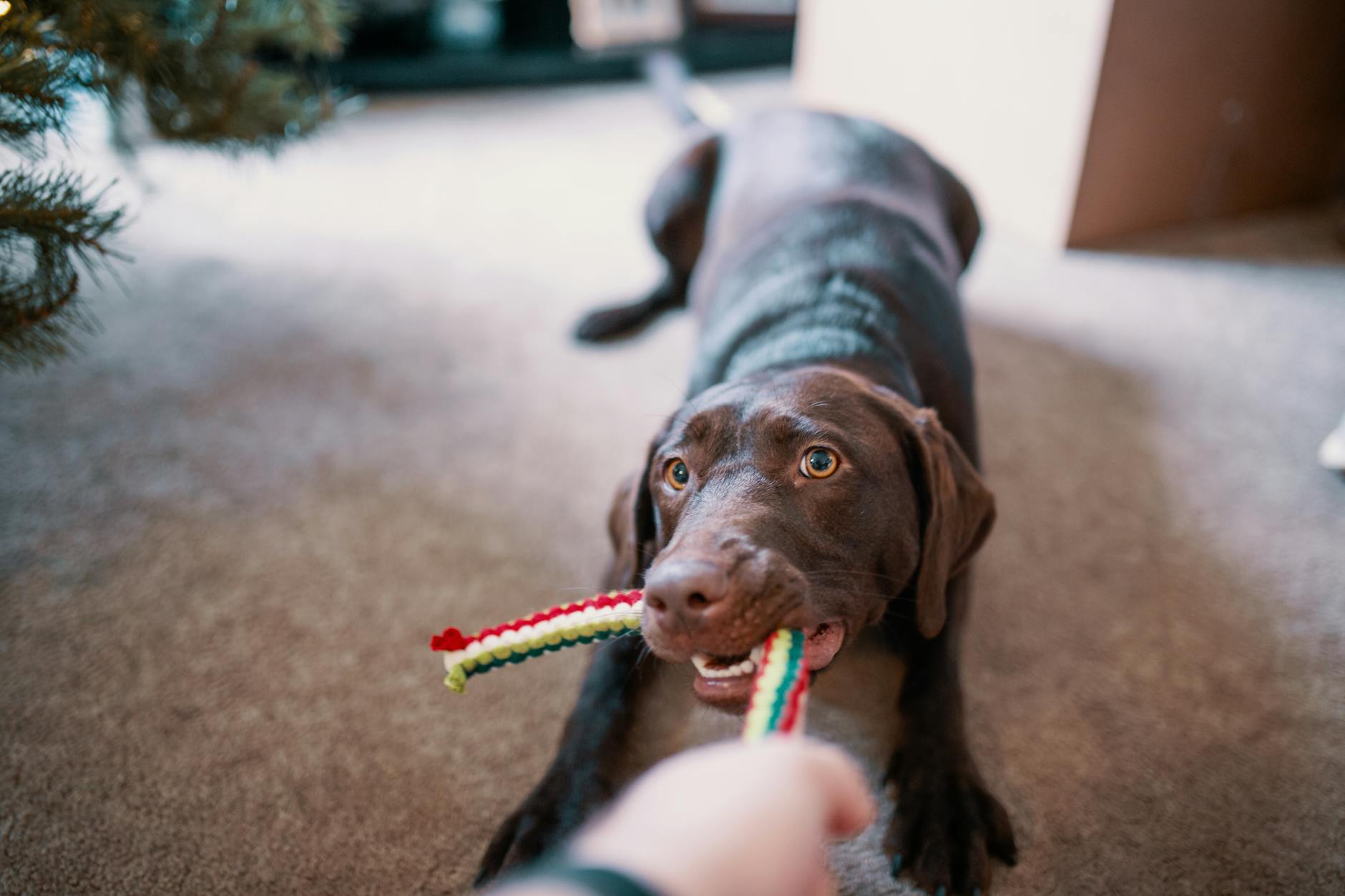 Photo by Josh Sorenson
Photo by Josh Sorenson
By combining basic training with socialization and addressing common issues like separation anxiety, you’re setting your dog up for a lifetime of positive interactions and trust.
Health and Grooming Essentials
Caring for your dog’s health and grooming needs is central to their well-being. By taking proactive measures, you enhance their quality of life and deepen the bond you share. Let’s break down some key aspects that new dog owners should focus on.
Scheduling Vet Visits
Regular vet visits are essential to keeping your dog healthy. They go beyond routine check-ups—they ensure your pet is up-to-date on vaccinations, has proper dental care, and receives early detection for potential health issues. Puppies, in particular, need a vaccination schedule to protect against serious illnesses like parvovirus or distemper.
Dental care, often overlooked, plays a considerable part in a dog’s overall health. Periodontal disease can lead to complications like heart or kidney problems. A simple habit, such as brushing your dog’s teeth, can make a difference.
Explore The Ultimate Guide To American Bully Care And Training for comprehensive insights on preventive care beyond these basics. It offers key perspectives that can help you stay ahead of potential issues.
 Photo by Tima Miroshnichenko
Photo by Tima Miroshnichenko
Establishing a Grooming Routine
A solid grooming routine is one of the simplest ways to keep your dog comfortable and healthy. Regular brushing not only keeps their coats tangle-free but also helps you bond with them. For dogs that shed, brushing minimizes loose fur around the house and keeps their skin healthy.
Bathing frequency varies by breed—while some dogs may need a wash every few weeks, others can go longer. Always use a shampoo specifically designed for dogs to avoid skin irritations. And let’s not forget nail trimming. Overgrown nails can cause discomfort and even lead to difficulty walking; clipping them every few weeks is a great preventive measure.
Are you wondering which grooming practices might best suit your dog’s coat type? Check out The Ultimate Guide To Maltipoo Care Tips For A Happy 2024 for a broader look at tailored grooming techniques.
Monitoring Your Dog’s Health
Your dog can’t tell you directly when something’s wrong, but you can spot signs if you pay close attention. Monitor their appetite, water intake, energy levels, and bathroom habits. For instance, a sudden change in appetite or persistent diarrhea could be a warning sign of underlying health issues.
Behavioral alerts like lethargy, excessive scratching, or limping shouldn’t be ignored. Think of yourself as a detective—small clues can reveal more significant concerns. Regularly checking their physical condition by running your hands over their body can help identify lumps, skin problems, or areas of discomfort.
By developing a keen sense of your dog’s normal behavior and physical state, you’ll be prepared to address possible health concerns promptly and effectively.
Building a Strong Bond with Your Dog
Creating a meaningful connection with your new dog isn’t just about the warm cuddles and wagging tails. It’s about mutual trust, understanding, and the small, intentional moments you share daily. Whether you’re training, playing, or even just relaxing on the couch together, every interaction counts. Here’s how you can foster a deeper bond with your furry companion.
Spend Quality Time
Dogs naturally want to be a part of your pack, and spending time together is the foundation of forming that bond. It doesn’t have to be all about big gestures; simple daily activities, like morning walks or evening snuggle sessions, can create lasting memories. Dedicate daily time to connect with your dog, whether through playtime, training, or just being present while they relax.
 Photo by Johann
Photo by Johann
Training as a Shared Activity
Training isn’t solely about discipline; it’s an incredible way to connect on a deeper level. Not only does it encourage obedience, but it also allows you to understand each other’s communication styles. Positive reinforcement—offering treats, praise, or affection when your dog follows a command—is particularly effective. Sessions should be consistent yet fun to keep your pup engaged. Looking for more ideas? Check out these helpful tips on unlocking training potential with your Golden Retriever.
Create a Routine
Dogs thrive on predictability. Establishing daily routines—whether for meals, walks, or bedtime—provides them with a sense of security. Consistency tells your pup they can count on you, boosting their trust in you as their caregiver. A structured routine is beneficial for ensuring high-energy dogs settle into a rhythm.
Explore daily consistency tips further at How to Bond With Your Dog, where routine-building is outlined as one of the core strategies for creating trust.
Play Together
Playtime is one of the most straightforward yet impactful ways to strengthen your relationship. Whether it’s a game of fetch, tug-of-war, or a simple chase around the yard, interactive play sessions allow your dog to connect emotionally and physically. For breeds with specific exercise needs, like Belgian Malinois, play also helps release pent-up energy. Curious about how treats can make play even more rewarding? Learn more in our guide to catering to Belgian Malinois.
Physical Affection and Grooming
Never underestimate the power of touch. Regularly petting, grooming, or giving your dog a gentle massage calms them and builds trust. Apart from maintaining hygiene, grooming sessions signal to your dog that you care deeply about their well-being. Plus, it’s an unobtrusive way to check for skin issues or abnormalities.
If you’re interested in discovering additional ways to grow closer to your pup, look at Easy Ways to Strengthen the Bond With Your Pet, which outlines effective techniques like exercise and grooming.
Nurturing a strong bond with your dog is a journey, not a race. By incorporating these activities into your daily routine, you’ll cultivate a relationship built on love, trust, and mutual understanding.
Frequently Asked Questions About Dogs for New Owners
Welcoming a dog into your family is a big responsibility, and it’s expected to have questions along the way. Below, we’ll tackle some common FAQs new dog owners often have. Think of this as your quick go-to guide for reliable answers to help ensure a positive start with your furry friend.
What Supplies Do I Need to Bring Home a New Dog?
Preparing beforehand makes the transition smoother for you and your new pup. Here are the basics:
- Food and Water Bowls: Opt for durable materials like stainless steel or ceramic to avoid bacteria buildup.
- Leash and Collar: Look for adjustable, sturdy options; don’t forget an ID tag with your contact information.
- Toys: Include chew toys and interactive games for mental stimulation and playtime fun.
- Bedding or Crate: A cozy space to help your dog feel safe and relaxed.
Check out The Ultimate Guide To Poodles 2024 for a detailed list and additional tips.
How Often Should I Feed My Dog?
The frequency of meals depends on their age, size, and breed:
- Puppies: Require feeding 3-4 times per day.
- Adult Dogs: Typically eat 1-2 meals daily.
- Seniors: Smaller, more frequent meals may suit their digestive needs.
Measure their portions based on their weight and activity level, and consult your vet to ensure balanced nutrition. An in-depth guide on feeding schedules can help customize a routine for your pup.
How Do I Start Training My Dog?
Start with the basics like sit, stay, and come commands. Use positive reinforcement—treats, praise, and affection—to reward good behavior. It’s all about consistency and patience. Invest time daily, even if it’s just 10-15 minutes. For socialization, gradually expose your dog to different people, pets, and environments.
Want to dive deeper into training? Explore our resource, Dog Breed Guide: Find Your Perfect Companion.
 Photo by Sam Lion
Photo by Sam Lion
What’s the Best Approach for Handling Separation Anxiety?
Many dogs struggle when left alone, especially in the beginning. Here are a few strategies:
- Create a Calm Environment: Provide familiar toys and a cozy bed to make them feel secure.
- Practice Short Departures: Leave them for a few minutes and gradually increase the time.
- Offer Distractions: Use treat-dispensing puzzles or chew toys.
Severe anxiety may require expert advice from your veterinarian or a professional trainer. Discover more tips for calming anxious pups in 14 Tips for First-Time Dog Owners.
Should I Consider Pet Insurance?
Pet insurance can help cover unexpected medical costs and regular preventive care. While it’s not required, it provides peace of mind knowing you’re prepared for emergencies. Research policies and choose one that fits your budget and needs. For an overview of common canine health concerns, read our article Unveiling The Newfoundland Dog Breed Personality 2024.
By addressing these frequently asked questions, you’re already ahead of the curve as a new dog owner. Armed with the right knowledge, you can create a happy, healthy life for your new canine companion.
Conclusion
Bringing a new dog into your home is an unforgettable journey filled with challenges and rewards. By implementing key tips like creating routines, dog-proofing your space, and building a bond through training, you’ll set your pet up for a happy and healthy life. Always remember, patience and consistency are your best tools as a new owner.
Your dedication to understanding and meeting your dog’s needs transforms you into a responsible, loving pet parent. Explore more breed-specific insights with resources like Discover The Best Types For Every Lifestyle 2024 – Dog Breeds to further enhance your journey.
Enjoy every moment of this adventure—because, for your dog, you are their whole world.

